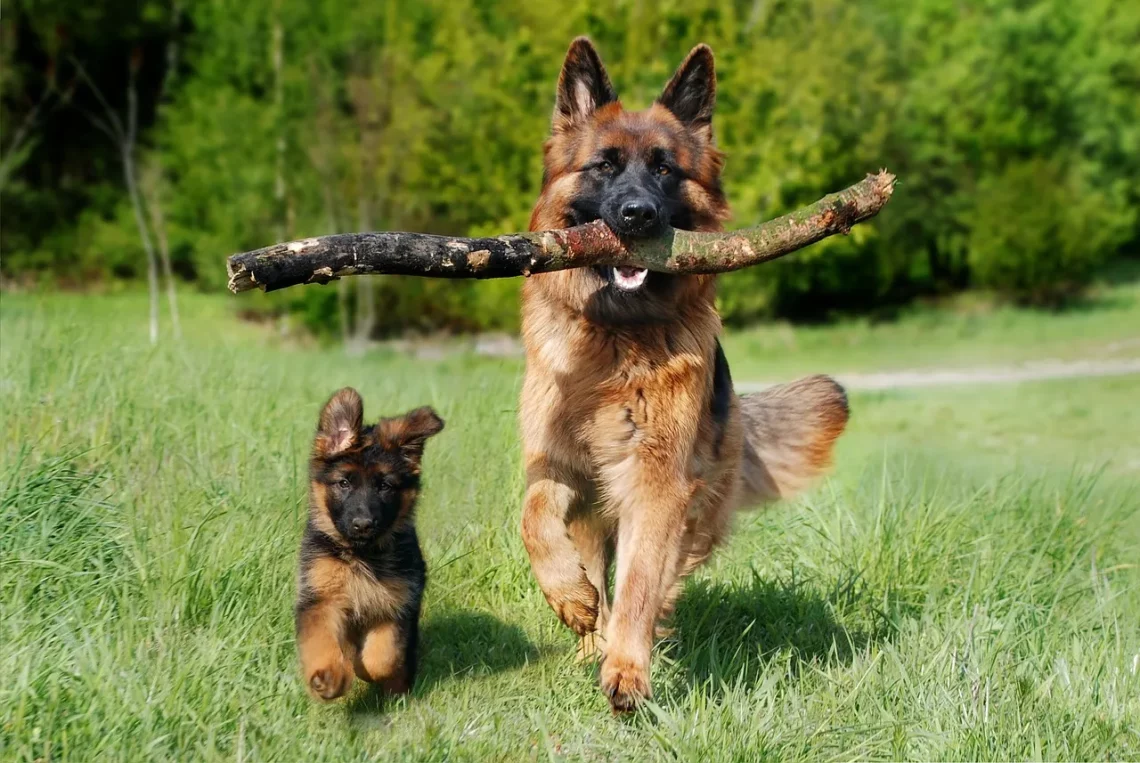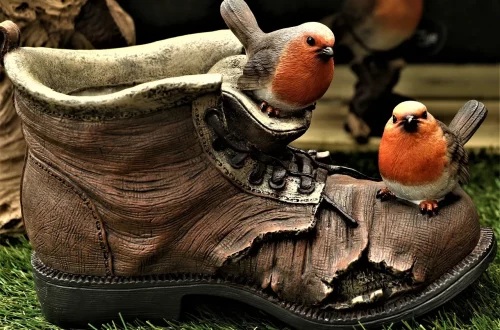
The Charm and Care of Mini Aussies with Tails
The Miniature Australian Shepherd, often affectionately referred to as the Mini Aussie, has gained immense popularity among dog lovers for its striking appearance, lively personality, and impressive intelligence. These compact canines pack a lot of charm into their small frames, making them the ideal companion for families, singles, and everyone in between. One of the standout features of many Mini Aussies is their tail, a characteristic that adds to their unique allure and enhances their expressive nature.
While some breeds have undergone tail docking for various reasons, the Mini Aussie with a tail is a refreshing sight that showcases the dog’s natural beauty. This article will delve into the captivating traits of Mini Aussies, the significance of their tails, and the care these adorable pets require. The bond formed between humans and their Mini Aussies is not only about companionship but also a rewarding experience filled with joy, playfulness, and unconditional love.
Understanding the charm of these tail-wagging companions requires a closer look at their history, temperament, and the responsibilities that come with their care. As we explore the delightful world of Mini Aussies, we will uncover what makes them such beloved pets and how they can enrich our lives in countless ways.
The Unique Characteristics of Mini Aussies
Mini Aussies are a smaller version of the Australian Shepherd, beloved for their intelligence and agility. They typically weigh between 20 to 40 pounds and stand about 14 to 18 inches tall. Despite their size, they retain the same lively spirit and work ethic that make their larger counterparts so popular among herders and active families alike.
One of the most remarkable traits of Mini Aussies is their intelligence. They are known for their quick learning ability, often excelling in obedience training and various dog sports. This intelligence, paired with their strong desire to please their owners, makes them highly trainable. Whether you are teaching them basic commands or advanced tricks, Mini Aussies thrive on mental stimulation and challenge.
Their playful and energetic nature is another defining characteristic. Mini Aussies require regular exercise to keep them healthy and happy. Daily walks, playtime in the yard, or engaging in activities like agility training or herding exercises are essential to prevent boredom and destructive behavior. They are not only active but also enjoy being involved in family activities, making them great companions for outdoor adventures.
In terms of temperament, Mini Aussies are known for their loyalty and affection towards their families. They tend to bond closely with their human companions and can also be protective, which makes them excellent watchdogs. However, their protective nature does not mean they are aggressive; rather, they are alert and will bark to alert their owners of any potential threats.
Mini Aussies are also social dogs, and early socialization is crucial for their development. Introduce them to a variety of people, environments, and other animals to ensure they grow up to be well-rounded companions. With proper socialization and training, these dogs can become gentle and friendly pets, making them suitable for families with children as well as singles looking for a loyal friend.
The Importance of Tails in Mini Aussies
The presence of a tail in Mini Aussies adds to their physical appeal and serves important functional purposes. A tail is not merely a decorative feature; it plays a significant role in communication and balance. For Mini Aussies, their tails are an extension of their emotions, helping convey their feelings to both humans and other animals.
When a Mini Aussie is excited, their tail may wag vigorously, indicating happiness and enthusiasm. Conversely, a lowered or tucked tail can signify fear or submission. Understanding these tail signals helps owners better interpret their dog’s emotions, leading to a stronger bond and improved communication between pet and owner.
Additionally, the tail aids in balance, especially during activities like running or agility courses. For a breed known for its agility and athleticism, a well-functioning tail is essential. It helps the dog maintain control and stability during high-energy pursuits, whether they are chasing a ball or navigating an obstacle course.
Tail docking, a practice that has been phased out in many countries, removes this important feature. Many advocates for animal welfare argue that this practice is unnecessary and deprives dogs of their natural expression and functionality. Mini Aussies with tails are a testament to the breed’s authenticity, celebrating their natural form and enhancing their movements and expressions.
Moreover, having a tail can also contribute to a Mini Aussie’s overall health. The tail can be an indicator of wellness; changes in its position or movement may signal underlying health issues. Owners of Mini Aussies with tails can monitor these changes more effectively, ensuring their pets receive timely veterinary care when necessary.
In recent years, there has been a growing appreciation for Mini Aussies with tails, leading to an increase in their popularity among dog enthusiasts. Many potential owners are drawn to the aesthetics of a Mini Aussie with a tail, as it gives them a more traditional look compared to their docked counterparts.
Care and Maintenance for Mini Aussies
Caring for a Mini Aussie involves several key components, ensuring they remain happy and healthy throughout their lives. Proper nutrition, regular exercise, grooming, and healthcare are all critical aspects of their care.
Nutrition plays a vital role in a Mini Aussie’s overall health. High-quality dog food that meets their specific dietary needs is essential. Owners should choose a balanced diet rich in protein, healthy fats, and essential nutrients. It’s also important to avoid overfeeding, as Mini Aussies can be prone to obesity if not monitored closely. Regular feeding schedules and portion control can help maintain their ideal weight.
Exercise is another cornerstone of care for Mini Aussies. These dogs are energetic and require daily physical activity to stay fit. Activities like walking, playing fetch, or even participating in dog sports can provide the necessary exercise and mental stimulation. Mini Aussies thrive in environments where they can engage in both physical and mental challenges, making them great candidates for agility training or obedience classes.
Grooming is also important, especially considering the Mini Aussie’s beautiful coat. Regular brushing helps prevent matting and reduces shedding, keeping your home cleaner. Depending on the season and the dog’s activity level, a bath may be necessary every few months. It’s crucial to check their ears, teeth, and nails regularly to ensure they remain in good condition.
Veterinary care is essential for Mini Aussies, as it is for any pet. Regular check-ups, vaccinations, and preventive treatments for parasites will help catch any health issues early on. Owners should also stay informed about any specific health concerns related to the breed, such as hip dysplasia or eye conditions, to ensure their pet’s well-being.
By focusing on these aspects of care, Mini Aussie owners can foster a loving and healthy environment for their furry companions. The bond formed through proper care and attention will result in a loyal, happy, and well-adjusted dog that brings joy to their owner’s life.
In conclusion, the Miniature Australian Shepherd with a tail is more than just a delightful pet; they are intelligent, loving companions that thrive on human interaction and activity. With proper care, training, and socialization, these charming dogs can become cherished members of any family.
**Disclaimer:** This article is for informational purposes only and should not be considered medical advice. Always consult a veterinarian for health-related questions or concerns regarding your pet.




